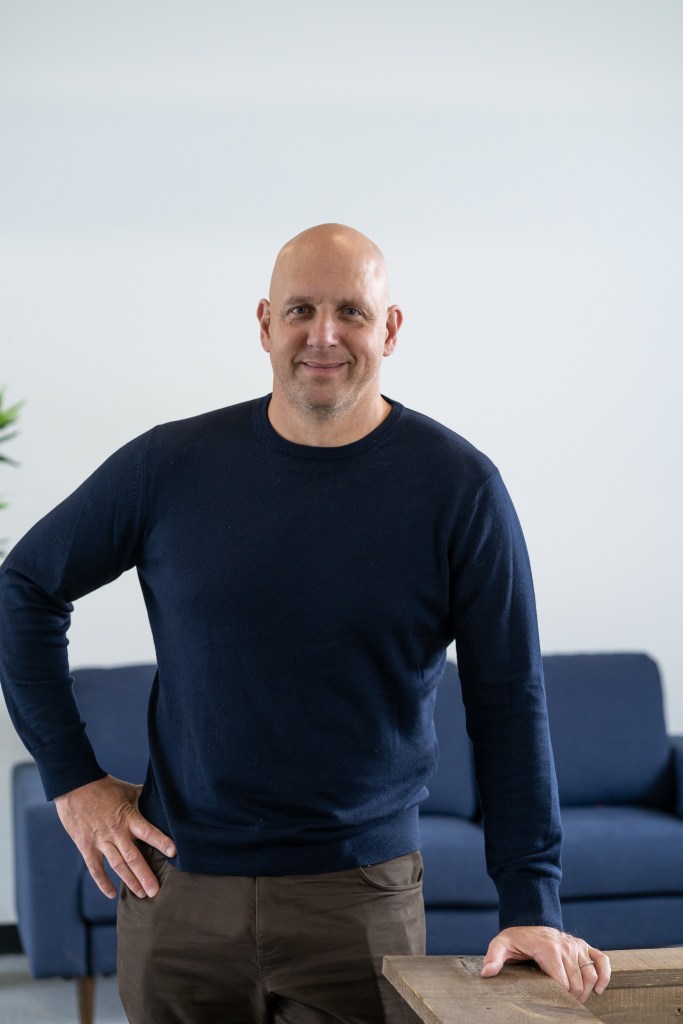Light therapies are being used to bring better quality of life for sufferers of this rapidly increasing neurological disorder.
Key Takeaways
- Prevalence of Parkinson’s disease has doubled in the past 25 years
- WHO statistics show that globally, disability and death due to Parkinson’s are increasing faster than for any other neurological disorder
- Light therapy research has shown a connection in treating symptoms

The prevalence of Parkinson’s disease has doubled in the past 25 years, WHO data has found, and while Australian research and development in medical science is recognised around the world, commercialisation of medical technology has been described as “lost”.
Wayne Markman is CEO of SYMBYX, an Australian medical technology company using light therapies and devices to treat diseases that are chronic and difficult to cure.
The company is specifically interested in treatments for Parkinson’s disease, a disorder of the nervous system. It results from damage to the nerve cells that produce dopamine, a chemical that is vital for the smooth control of muscles and movement.
The light therapy laser SYMBYX is using primarily treats the gut microbiome, which comprises billions of microscopic organisms such as bacteria, viruses and fungi. The theory is that by creating a healthier gut environment, dopamine production can increase and ease symptoms.
Parkinson’s is underestimated and underdiagnosed, Markman says, quoting WHO statistics that have found that globally, disability and death due to Parkinson’s are increasing faster than for any other neurological disorder.
WHO states the prevalence of Parkinson’s has doubled in the past 25 years and that Levodopa/carbidopa, the most effective medicine for improving symptoms, functioning and quality of life is not accessible, available or affordable everywhere, particularly in low- and middle-income countries.
“I have a history of Parkinson’s in my family, and it is regarded as a movement disorder, and incorrectly so. Anyone who is close to someone suffering from Parkinson’s knows it is more than a tremor and a movement disorder,” says Markman.
“We’ve been treating the wrong symptoms for the past 70 years with the Levodopa drug. There is very little recognition of the cognitive deficit that these people experience and how it affects lives and how it isolates them. It’s an underfunded area with so much funnelled into pharmaceutical solutions, very unsuccessfully, because it is such a multi-factorial disease.”
The light therapy SYMBYX is using has been shown to increase a patient’s balance, sense of smell, fine motor skills, sleep and digestion, he says.
“The laser device can bring relief to millions,” says Markman. The device can be used at home, but more data is needed to get more doctors to recommend it for patient use. Clinical trials are underway in Canada and Australia.
“Australia is a great place to do research and development, because there are generous tax rebates for research, but the translation of the research into a commercial product is lost.
“The degree of difficulty to commercialise something that has regulatory approval is very hard to do for a small startup. We had a business with cash flow with a laser device that had already been commercialised and approved and backed by Australian research.”
The company’s main investors include Peter Farrell, founder and chair of ResMed, Graham Bradley, chair of GrainCorp, Roger Allen AM, founder of Allen & Buckeridge, a healthcare and social impact investor, Professor Jonathan West, founder and faculty director of the Harvard Life Sciences Project, and a German venture capital fund.
Markman admits that the laser device and light therapy are not a cure for Parkinson’s, but can help with quality of life and management of the disease.
“This is a natural intervention, that can allow patients to start medication later and it gives the disease a slower progression,” Markman says.